Theory of Evolution: Charles Darwin and Natural Selection
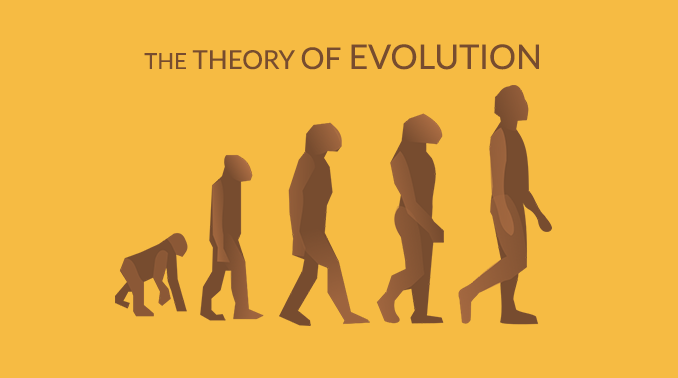
DEFINITION:
The Theory of Evolution is the scientific explanation of how living organisms change over time through the process of natural selection and genetic variation.
Chapter 1. Natural Selection and Mutation
What is natural selection?
If you think of a dog breeder: they are successful because they know which traits to pass on. But this is artificial selection.
Instead, natural selection lets nature run its course over generations. All species alive today are survivors of 3.6 billion years of natural selection and evolution.
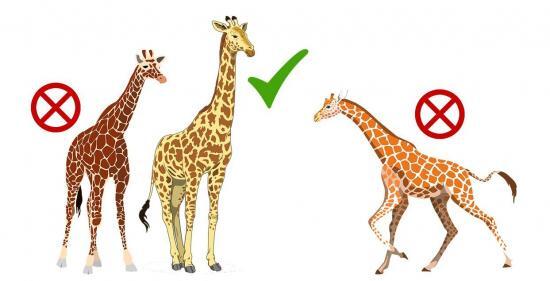
“All organisms evolve and adapt. Natural Selection shows the “most adapted” species survives in an environment. Those species that survive can also reproduce. Because at the end of the day, evolution is about fitness and offspring.”
What is a mutation?
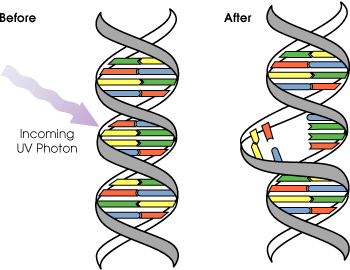
Mutation is a change in an organism’s genetic code. Without mutation, there wouldn’t be any variations to pass to offspring. Ideally, nature would select only beneficial mutations.
But mutations don’t necessarily supply what an organism needs to survive. In fact, mutations can be harmful, neutral, or beneficial.
But at a generic level, mutations are completely random. Mutations occur from environmental factors. For example, overexposure to UV light in the EM spectrum or carcinogens shape mutation rates.
Theory of Evolution
Everything alive today are survivors of 3.6 billion years of evolution and natural selection. All species crawling around today are a product of it.
Evolution takes time. You won’t evolve over the span of your life. Instead, it takes generations. From bacteria to humans, everything has evolved through just as much time.
Both mutations and natural selection have shaped who we are. Evolution is not linear. Instead, it’s more like a tree. From a thicker trunk, each branch is pruned and clipped along the way by natural selection.
Chapter 2. Evidence of Evolution
The beaks of finches
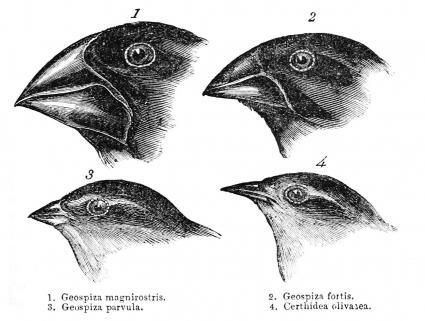
It was in the Galapagos Islands where Charles Darwin was inspired to think of the theory of evolution. First, evolution started as a hypothesis. Years later, it became a theory.
Charles Darwin stopped in 4 of the 16 Galapagos islands and observed finches. Specifically, he noticed finches had different beak shapes on each island.
He theorized finches adapted for different food sources because of each tiny island’s climate. But a beak didn’t grow longer because the finch tried growing it. Instead, it was a random mutation that provided a longer beak. This genetic modification gave the bird an advantage over the others. Then, this trait was passed to its offspring.
Human evolution
Humans descended from a primate in Africa that existed 25 million years ago. This common ancestor split off into groups like monkeys, chimpanzees, and gorillas. Each group walked into different environments. They adapted by facing different situations
Over 25 million years, natural selection shaped one branch into chimpanzees today. Then, it shaped another branch into humans. Humans coexisted with Neanderthals. They were a branch of their own who died just 40,000 years ago. But there is evidence that Neanderthal DNA is in our genes.
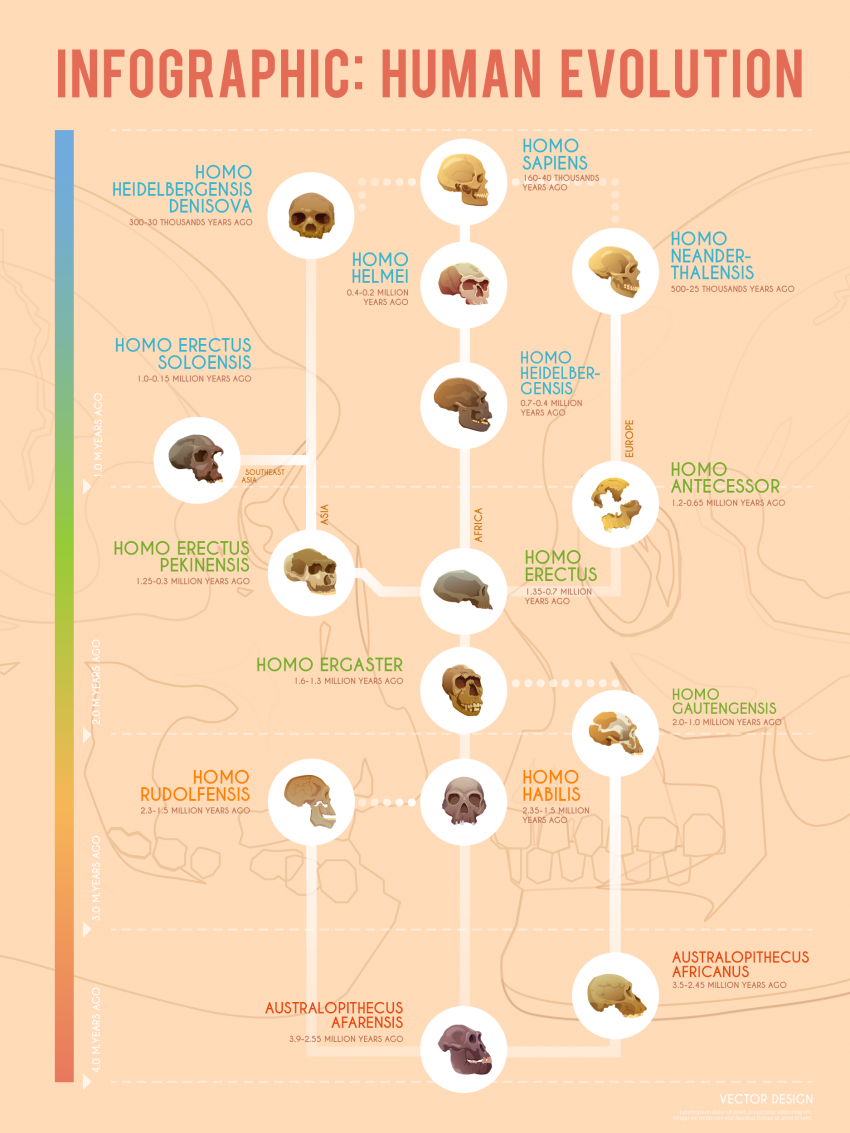
Viruses and superbugs
Species evolve to adapt to the modern world, including viruses. The flu virus hit us hard this season. Then, there will be a new one next year. Viruses are constantly evolving. And superbugs are from evolution. It’s why you need a flu shot every year. We constantly fight to stay on top of them and evolution.
Antibiotic resistance is a direct result of natural selection pressures. Because we overuse them, it causes them to adapt so antibiotics don’t work against them. Viruses evolve quickly because of the vast number involved. Generations can pass on short periods of time with higher mutation rates.
Chapter 3. Darwinism and Misconceptions
Lamarck theory
The Lamarck Theory pre-dates Darwin. Lamarck believed species respond to needs. It gives the wrong impression that species can pass on favorable traits to offspring.
For example, weightlifters will pass on muscles to children because of their effort in lifting heavyweights. Or if a giraffe reaches and strains its neck, it assumes its babies will inherit longer necks.
Instead, it’s the fact that species thrive in a particular environment due to their variances in genes from beneficial mutations It’s these differences that cause them to have higher rates of survival.
People don’t pass on traits that they form in their own life. Despite how Lamarck’s theory is incorrect, it paved the way for Darwinism. He was just wrong about how traits were passed down through generations.
The March of Progress
The March of Progress (also called the “Road to Homo-sapiens”) shows a linear path. The starting point is a chimpanzee. Then, it depicts how we evolved from Neanderthals to modern humans.
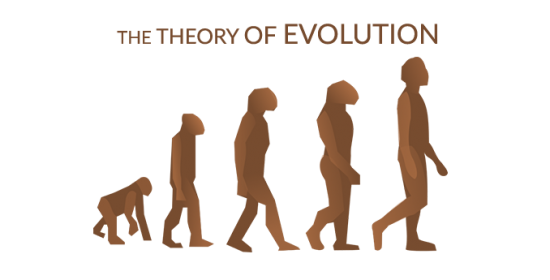
But as mentioned already, evolution is more like a tree. It starts with a thicker branch that represents a common ancestor. Then, new species branch outwards. Each branch is pruned and clipped by natural selection.
The “March of Progress” leaves a misrepresentation of how evolution operates. Chimpanzees and humans are each other’s closest relatives. But humans didn’t evolve from chimpanzees.
We evolved from a common ancestor that we shared with chimpanzees. Overall, the diagram misrepresents the true branching of evolution.
Why are there still monkeys?
One of the most common questions regarding the theory of evolution is: If humans evolved from apes, then why are there still apes?
But we didn’t evolve from apes, chimpanzees, or gorillas. We evolved from a common ancestor that was neither an ape, chimpanzee, or gorillas.
Humans descended from a primate in Africa that existed 25 million years ago. This common ancestor split off into groups like monkeys, chimpanzees, and gorillas. All living things originated from a common ancestor called the last universal common ancestor (LUCA) billions of years ago.
Each group adapted to different situations. Natural selection shaped one branch into chimpanzees today. Then, it shaped another branch into humans.
Chapter 4. Genetic Drift and Evolution
Genetic Drift
There’s always an element of chance that you don’t get a random draw of genes. Then, this misrepresentative draw can influence offspring and evolution.
Think of it like opening a bag of Skittles and half of the bag is red. You get a non-representative draw that isn’t a rainbow color.
But this can also happen from generation to generation for evolution. In fact, genes disappear from populations due to random chance.
Genetic drift means the relative frequency of variant genes fluctuates by random sampling. In other words, it’s a random way evolution can change gene frequencies.

What are evolutionary anachronisms?
Evolutionary anachronisms are body parts or structures in species that don’t have a use anymore. Long ago, the body part may have had a purpose. But they don’t anymore.
For example, whales started in the sea. Then, they lived on land and adapted to walk on all four legs. Finally, they moved back to sea again.
This is why modern whales have tiny hip bones. Even though they don’t use their hip bones in water, it’s due to the evolutionary path that they were once land animals.
Evolutionary anachronisms speak that each species is not created perfectly for its niche on Earth. Instead, species walk into different environments and adapt to them.
Chapter 5. The Story of Charles Darwin
Who was Charles Darwin?
Charles Darwin was born in England in the 1800s. He tried medical school and didn’t like it. But his true passion was in nature, geology, and traveling the world.
He voyaged on the HMS Beagle and wrote about his travels. In 1839, he published “The Voyage of the Beagle”.
Eventually, he ended up in the Galapagos islands sheet stopping for supplies. This is where he envisioned the theory of evolution.
He worked with Alfred Wallace, who didn’t get nearly enough credit for what he did. Finally, in 1859, he published another book “On the Origin of Species”. But this one really shook the scientific community.
The Galapagos Islands
In the Galapagos Islands, Darwin studied the beaks of finches. The setting was perfect because each contained island had its own tiny climate and plants.
He noticed that animals on different islands had slightly different shaped beaks. He attributed that finches adapted for different food sources.
But a beak didn’t grow longer because it strained it. Instead, a random mutation provided a longer beak. Then, this gave the bird an advantage over the others. Finally, this trait was passed to its offspring.
By documenting all of his findings, this is when Darwin theorized natural selection. Darwin thought natural selection took centuries. But later, it was found that it could be observed in just a couple of years.
Genetics
Eventually, this led to the study of genetics and the study of heredity and variation in organisms. It includes traits such as eye color, height, intelligence, sex, and susceptibility to certain diseases that are passed from parents to children.
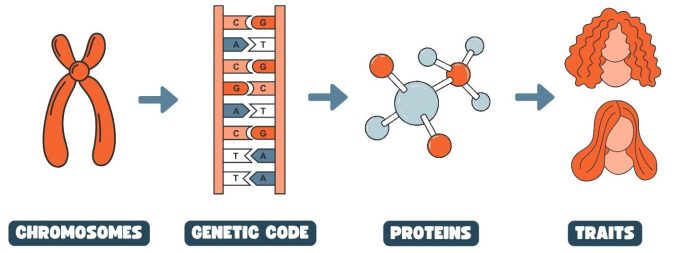
Mendel’s Laws allow for these genetic characteristics to be passed down from generation to generation. These laws were initially derived from observation of pea plants and their flowers, but they have since been applied to many different species.
Here’s a closer look at how Mendel’s Laws work with pea plants.

Genotype is the genes an organism has, and phenotype is how those genes show up, like eye color or height.
Summary: The Theory of Evolution
I’ve found people who support evolution are always welcoming others to disprove the theory of evolution. Is there any contradicting evidence against the theory of evolution?
Biologist J.B.S. Haldane once said:
“Evolution would be wrong if a rabbit fossil was found in the Precambrian.”
— Biologist J.B.S. Haldane
To this day, evolutionists are still waiting for the Precambrian rabbit. Because the truth is that organisms evolve and adapt. Evolution is about survival and reproduction. Species branch off and adapt. And there’s even a bit of chance to it.
Don’t forget: human evolution continues today. In flesh and blood, we have been genetically fine-tuned as a product of natural selection, random mutations, and evolution.
Do you have any questions? Drop us a comment below and we’ll try our best to get back to you.

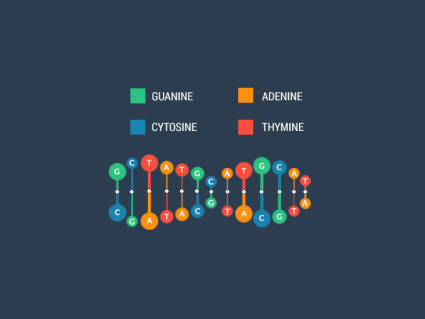
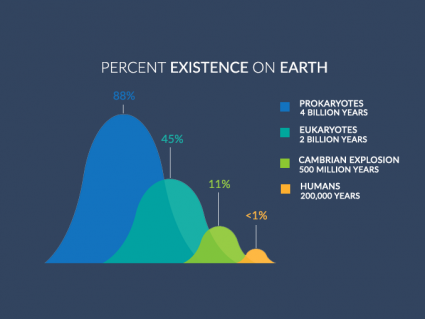
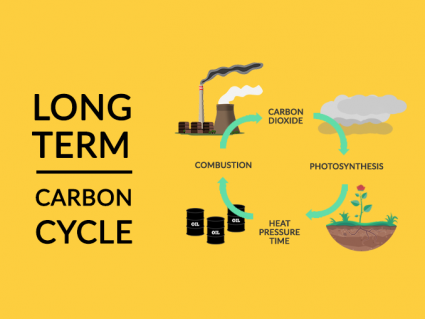
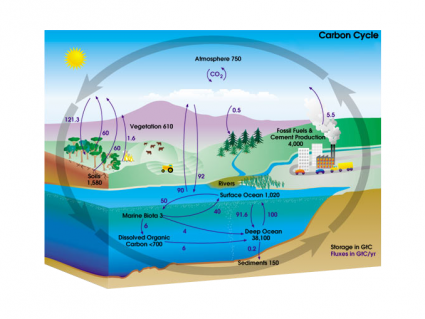
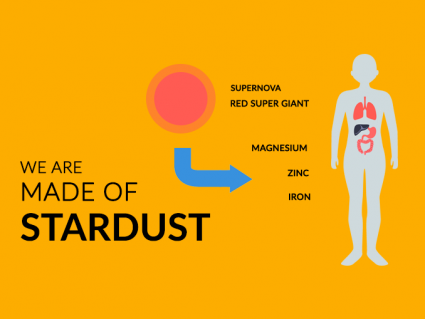
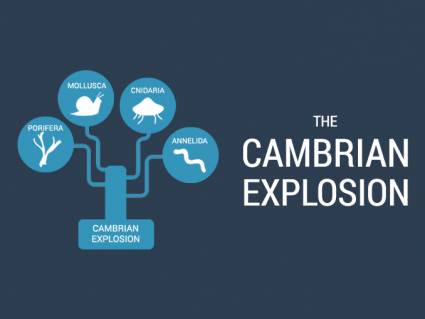
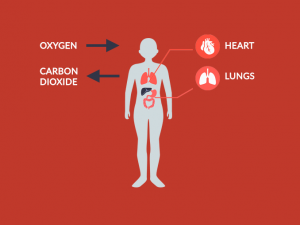
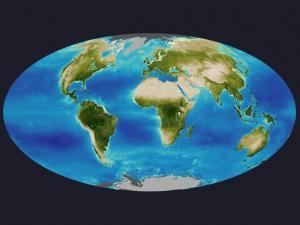

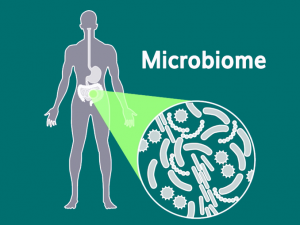
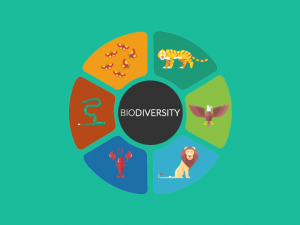
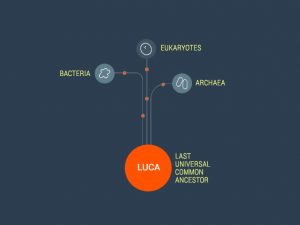
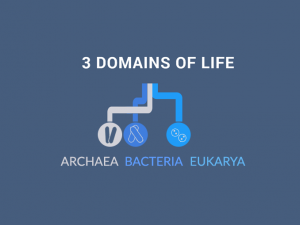

That is not totally true, but good job!
Where are the fossils that show an intermediate or transitional state between species? The examples show adaptation and the end product, but not a change from living in water to walking on land, for example. While a Precambrian rabbit has not been found to, as you say, to disprove Darwin’s theory, neither has there been any discoveries of the any forms that would be the ‘ancestors’ of the animals found in the Cambrian period – to prove Darwin’s theory. We only find a vast variety of forms (yes – there are some similarities) – that are extremely complex – e.g. the compound eyes of some trilobites, and the general complexity of simple cells. Darwin did not know about DNA either and what mutations do to the DNA (=a loss of information)- if he did – would he stick to his own theory? The theory still does not explain the ‘arrival’ of animal forms as there is not the empirical evidence to support this in the Pre-Cambrian layer, so it can only remain a theory, and not fact. Science interprets empirical evidence. It is not scientific to impose a theory on piecemeal evidence, AND claim it as fact.
I understand that much as my brain of human development and evolution